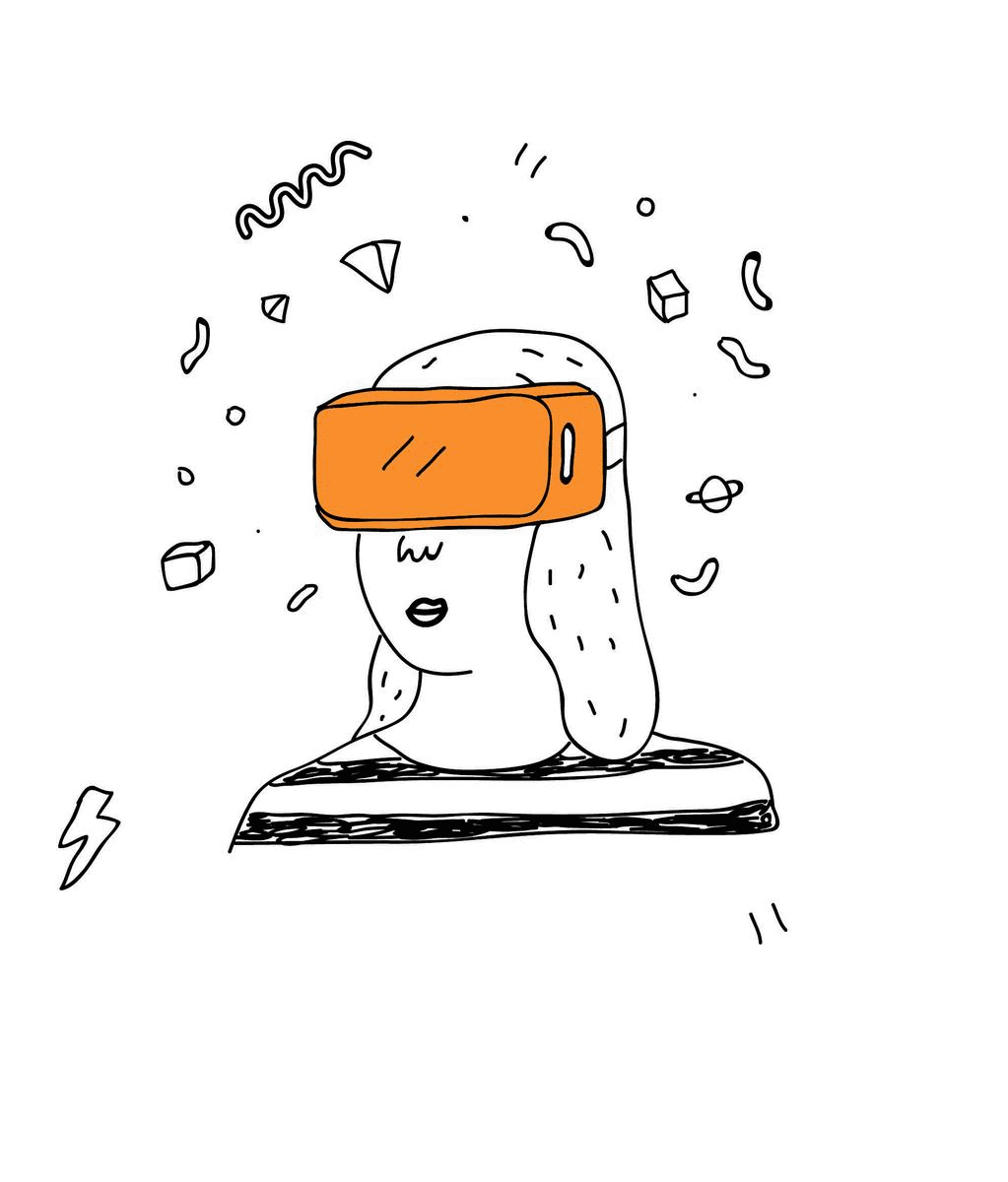
MSC THESIS
ISTANBUL TECHNICAL UNIVERSITY
Architectural Design Computing
İstanbul,Turkey
June2018
ANALYZING THE USER EXPERIENCE OF THE VIRTUAL REALITY STORYTELLING WITH THE VISUAL AND THE AURAL STIMULI
Burcu Nimet Dumlu (Thesis Advisor Prof. Dr. Yüksel Demir)
Abstract. Stories are always narrated and transferred by using different environments. It can be aural, written in the first, then with new media, environments are enlarged to the photography and the motion picture. Storytelling is also synchronized with technological developments. Virtual environments which are today’s issues for those developments affect the storytelling in a sensorial way.
Virtual Reality (VR) storytelling is creating new experiences with these features. Reading or listening gives only the chance of one sense and imagination, but when it becomes experiencing VR both visual and aural perception are stimulated. Being inside the story and experiencing with body gestures such as turning around 360 degrees to watch 3D characters and 3D environments differentiate all the perception of the story. The VR story experience is enriched by the story space perception with the presence and the immersion for the audience of the story.
This study enquires for the user experience of VR storytelling by designing an experiment. The forty users participating in the experiment experienced a story content inside a VR environment. The ‘HTC Vive’ VR headset is used for the experiment while the participants are experiencing the content which is designed by ‘Penrose Studios’ and named as ‘Allumette’.
The user experience was measured through behavioral outputs of the user, and memory feedbacks from experimentation. These outputs were taken from data gathered ‘during-experiment’ and ‘post-experiment’. ‘During-experiment’ data are the quantitative data such as movement positions and screen recordings which show where the user looks that calculated with the software while the participants experiencing the content. These quantitative data are also analyzed by using ‘Cinemetrics’ method which is designed by Brian McGrath and Jean Gardner. It is used for the understanding camera movements which are equal to the user movement. ‘Post-experiment’ data is collected by the questionnaire which is answered by all the participants after the experiment.
Then these data analyses are used for revealing the user experience inside VR storytelling. It showed that people tend to wander around the story space more than watch the story itself. When the user came across a detail which is not designed, it is just an empty space (this situation is specific to ‘Allumette’ content), he/she started to wander not detailed just walk around. If the scene had more than one motions, the user has the tendency for following the more dynamic motion. The sounds of the story were exceedingly important for the experience. Most of the participants could locate where the sounds came and the sounds can attract the user. It was a very important stimulant. The questionnaire gave the results of almost all of the participants cannot summarize the story correctly. Because the story space distracted the user, mostly the storyline could not be followed. The other results which can be estimated from the questionnaire were the details such as colors of the matches or the word on the box can be remembered by the users who are followed the story better. When it came to distance perception, the users can identify the distances of the upper-level scene more accurately than lower-level scene. The participants answered correctly the architectural style questions, it can be estimated that because of all the participants being the architecture students, the answers are mostly correct.
These conclusions of the analysis are based on the experimentation interpreted as a guide for designing a storytelling experience inside VR. The user experience can be enriched by using the analysis and the conclusions based on the experiment data. These conclusions can be a simple guide for the future VR storytelling design.
Keywords: Virtual reality, storytelling, user experience
